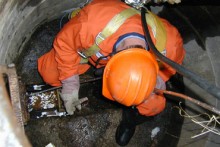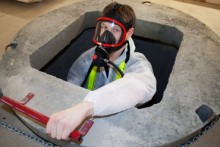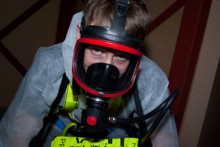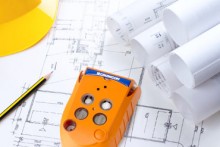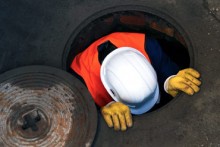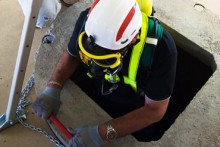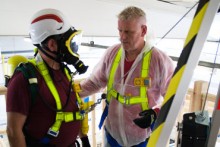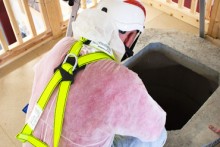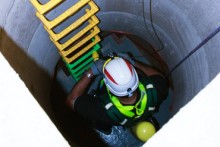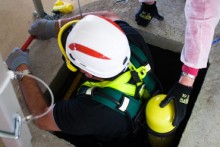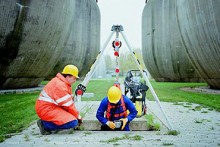Under the legislation of the Health and Safety at Work Regulations 1999, regulation 3, a suitable and sufficient assessment of the risks for all work activities must be carried out in order to determine what measures are necessary for safety. In confined space applications, this means identifying the hazards within the area, assessing the risks and determining what the best course of action is to employ precautions. This assessment should encompass the following:
- The task
- The working environment
- Working materials and tools
- The suitability of those carrying out the task
- Arrangements for emergency rescue
Ensuring that employees involved with the process are adequately trained, that all supervisors/managerial staff are aware of the risks and the right equipment is supplied for safe operation are all part of this extensive risk assessment.
If the assessment’s results identify potential hazards in the confined space, the Confined Space Regulations 1997’s guidance must be adhered to prevent entry to the space unless it is completely unavoidable. The regulations contain the following key duties:
- Avoiding entry to the confined space by attempting the work in a different manner (e.g. from outside)
- If entry is unavoidable, follow a safe system of work and put in place adequate emergency arrangements before the work starts
The Law
The following is a list of the laws that govern confined space assessment, training and implementation:
The Confined Space Regulations 1997
The standard regulations for all confined spaces. Other legislation may apply depending on where the confined space is situated or the task.
Confined Spaces within Machinery
The Provision and use of Work Equipment Regulations 1998 (PUWER) and the Workplace (Health, Safety and Welfare) Regulations 1992 apply.
Equipment Required Before Entering a Confined Space
The Personal Protective Equipment Regulations 2002 and the Personal Protective Equipment 1992 (as amended) apply.

